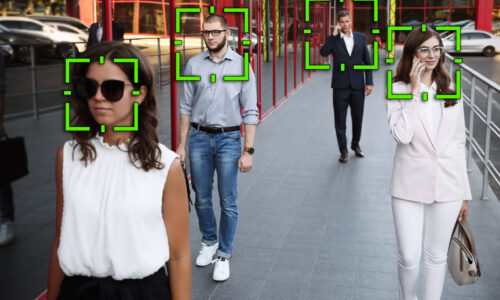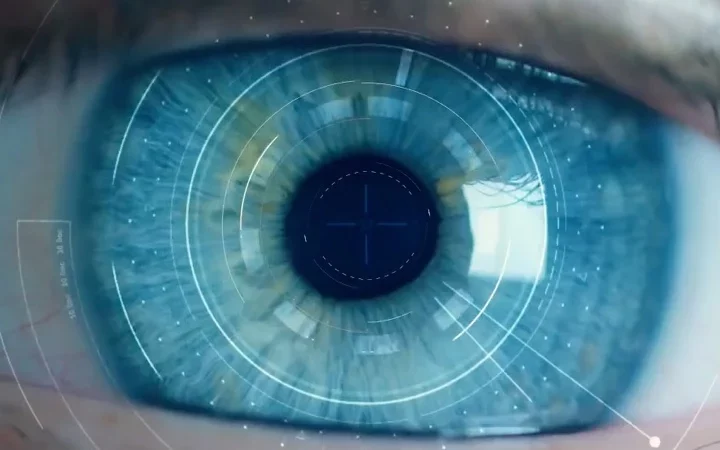Every new technology has its share of naysayers. Trepidation over trying something new is a normal reaction, but it’s often based upon misinformation or unfounded beliefs.
Biometric identity solutions are hardly new, but as they’ve become more commonplace in commercial-grade applications, public concerns persist regarding the technology’s suitability for mainstream use. Although most of us don’t think twice about using our thumbprint, iris, or face to unlock our smartphone, that comfort level doesn’t always translate to other ways in which the technology is now being deployed.
Separating fact from fiction is a necessary step in winning over the public’s trust. Here, we’ll set the record straight over five of the most common concerns.
(This blog post is part of a series on the most common misconceptions about biometrics).
Concern #4: Biometrics are complicated! They’re hard to install correctly, integrate with other systems, and maintain.
Fact: Vast improvements in reader technology and software now make the jobs of system installation, integration, and maintenance routine and straightforward.
Best practices exist for any security solution. Security integrators are paid not only for their products but also for their expertise in system design and installation. In that respect, biometric identity solutions are no different – or more difficult – to support than video management or access control solutions. Correct device placement, wiring, and software configuration require a bit of training but are quickly and easily mastered by security technicians.
Complicated alignment protocols are a thing of the past. Set-up and management of software are typically handled via a browser interface that requires no programming skills. And, while integration options vary by manufacturer, many offer integration via out-of-the-box connectors and standard APIs.
* * *
Gaining public acceptance of new technology takes time. It’s not that long ago that most people would prefer to wait in line at the bank rather than trust an ATM, or resisted putting a microwave oven in their kitchen over fears that it emitted dangerous radiation. However, when technology provides a superior solution, combined with greater convenience and an affordable price, fears ultimately give way to facts, leading to widespread adoption. Given that recipe, we’ll all be engaging with, and benefitting from, biometric identity solutions more frequently in years to come.




